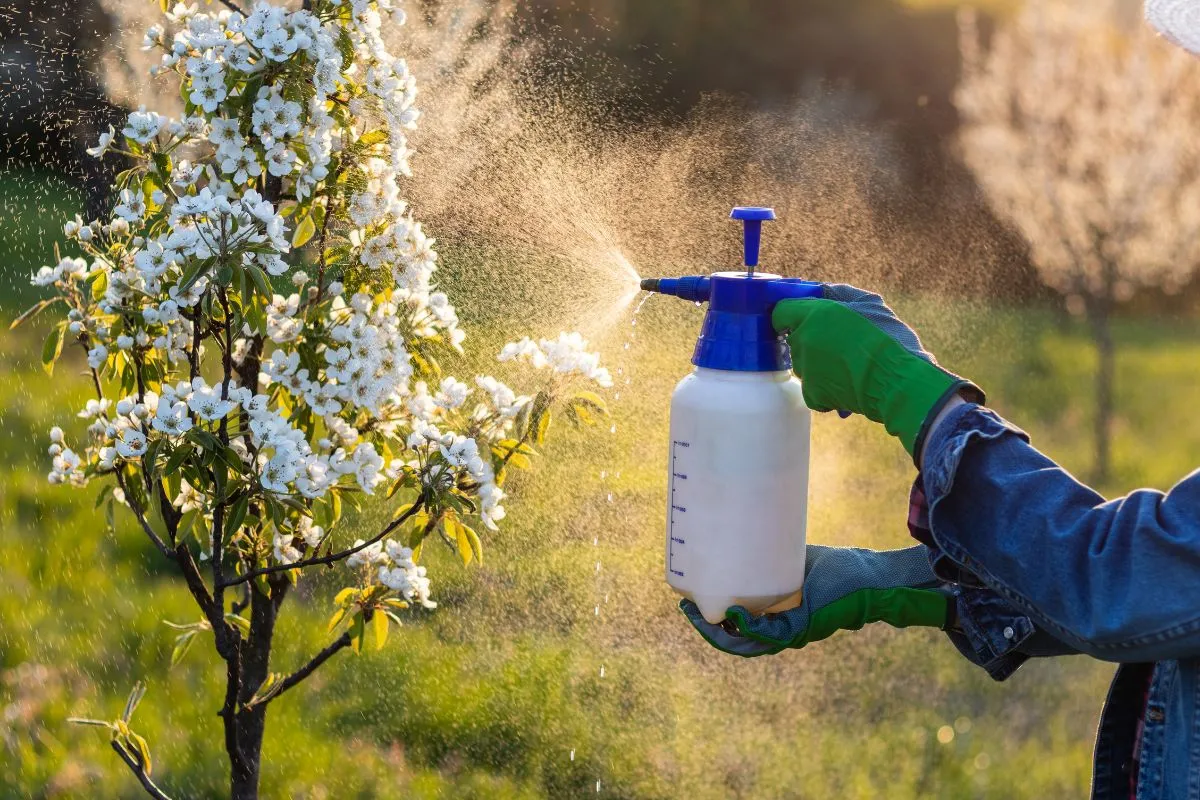Soil is the literal and biological foundation of your garden. It provides nutrients, structure and moisture-holding capacity that contribute to plant growth.
Healthy soil is home to a bustling ecosystem with countless beneficial bacteria, fungi and protozoa. Each helps break down complex organic matter into essential nutrients plants can use.
Organic Matter
Organic matter is the main component of soil health and is central to all the various functions of a soil. It improves a soil’s ability to retain water, store nutrients and provide a living habitat for microorganisms.
Soil organic matter includes a large variety of living organisms such as bacteria, fungi, protozoa and algae. It also includes fresh residues of plants, manures and animal wastes and molecules derived from well-decomposed material.
As these materials are decomposed by organisms, they convert nutrients into forms that are more available to plant roots. This process is called’mineralisation’. It increases the availability of nitrogen, phosphorus and potassium.
Nitrogen
Nitrogen is a critical nutrient for healthy plant growth. Besides helping plants produce lots of green leaves, nitrogen is also important for manufacturing proteins and for assisting with the growth of flowers, fruit and seeds.
When plants are deficient in nitrogen, they often grow weak and develop yellowing leaves. This is why a healthy garden soil needs to be well-stocked with nitrogen.
Soil microbes are the main providers of this essential nutrient in a natural nitrogen cycle in which organic matter is broken down into nitrate and ammonium ions that plants can absorb. In healthy soils, this process is regulated by soil temperature.
Phosphorous
Phosphorous is a key element in the biological energy transfer processes that drive plant growth and development. It promotes early root growth, winter hardiness, seed formation, and increases crop water use efficiency.
It is also essential for converting nitrogen and carbon into the amino acids, proteins, enzymes, and vitamins plants need to grow and thrive.
In soil, phosphorus is present in two fractions: organic and inorganic. The availability of organic phosphorus is influenced by microbial activity and nutrient levels. The mineralization of organic phosphorus to inorganic forms depends on optimum soil pH and nutrient levels, good soil physical properties, warm moist conditions, and slow dissolution of iron and aluminum compounds holding phosphorus.
Available phosphorus levels in soil are a function of the total amount of P in these two fractions, and crop removal (removal from harvested crops). Continuous cropping with no replacement of this removed P results in reduction of phosphate in soil test levels and plant-available P.
Potash
Potash is one of the three primary nutrients plants require for healthy growth. It is derived from the mineral potassium (K) in water-soluble forms.
It improves root and stem strength, increases water utilization and builds disease resistance. In addition, it sucks up carbon dioxide and helps a plant’s photosynthesis process.
There are several types of potash fertilizer, depending on your crop’s needs. Choose a product that contains high-K potassium such as a potassium chloride fertilizer or a nitrate source of potash like saltpeter or caustic potash.
The best way to determine a product’s needs is to have soil tested. This will tell you how much of the three primary nutrients you need. You can also check with a horticulture specialist or an agricultural extension office to get advice on specific crops.
Water
Water is a vital element for plants and plays a significant role in photosynthesis, the process by which plants prepare their own food. It also helps to cool the surface of land plants by transpiration.
Soil health is a crucial aspect of successful gardening and requires a combination of nutrients and support from soil microbes. Healthy soil is well-structured with plenty of pore space and good drainage to promote root growth.
Soil microbes convert nutrients locked up in unavailable forms into plant-available ones, maintaining healthy soil pH and preventing disease and pest problems. Regular use of fertilizers and pesticides can reduce the diversity of these beneficial microbes and impede their ability to cycle nutrients.




